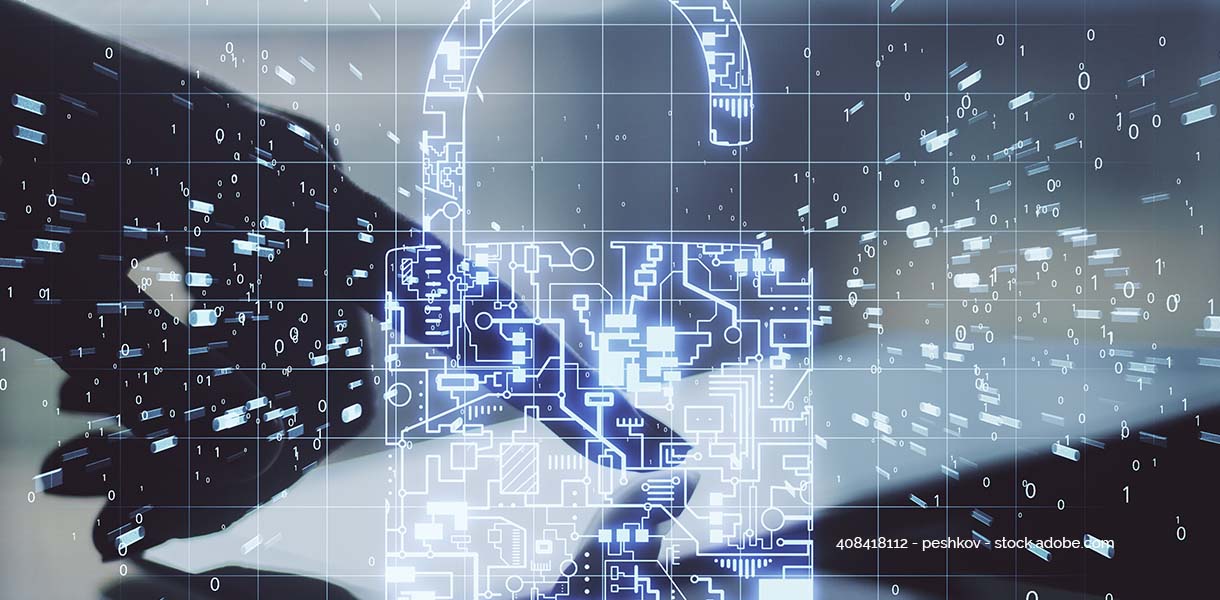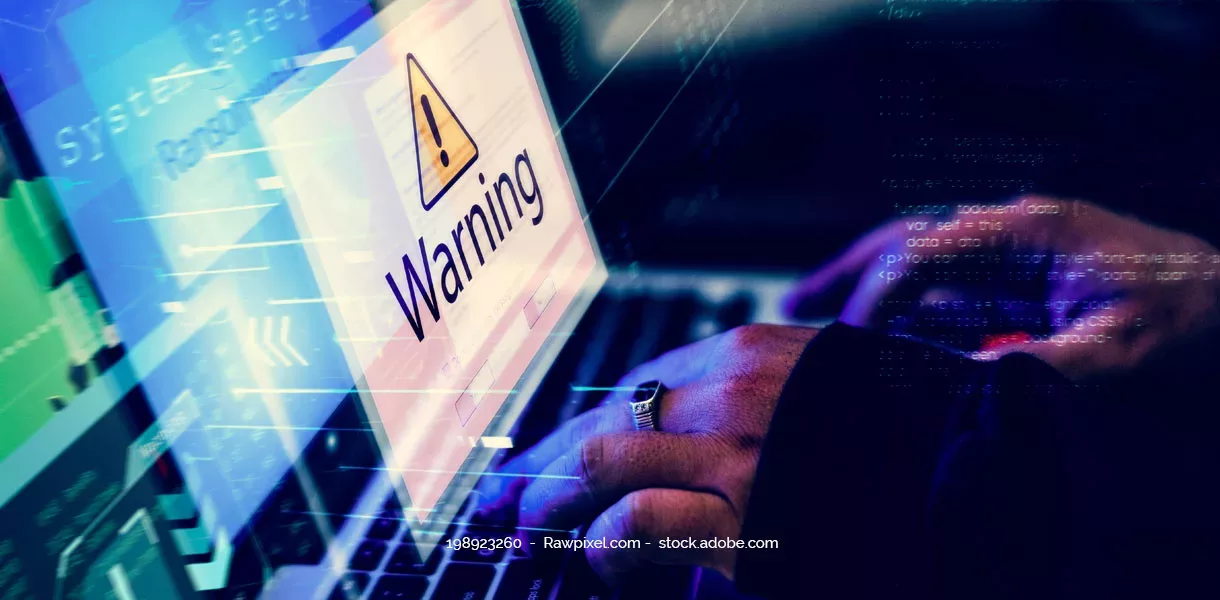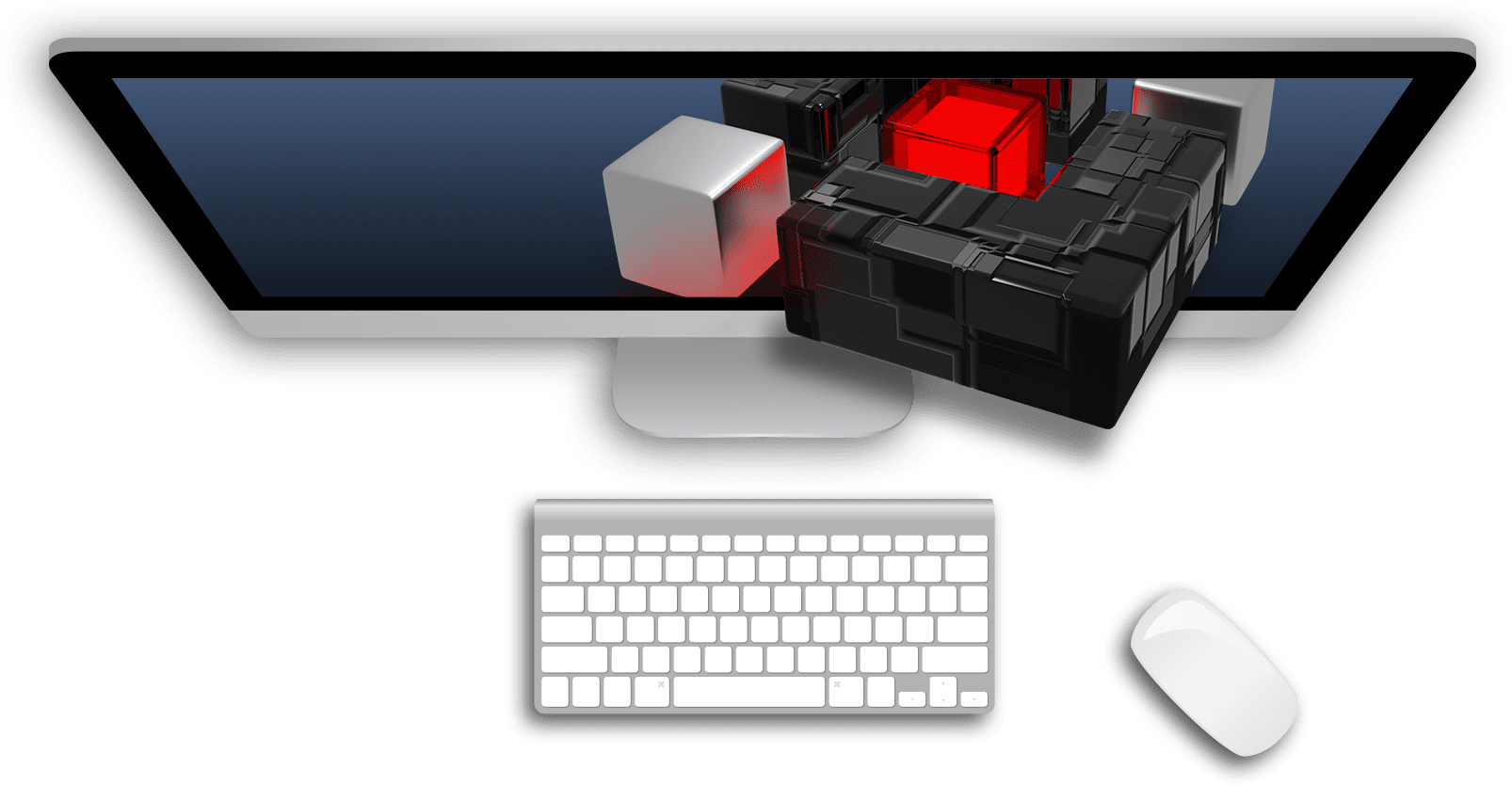Data leaks, also known as data mishaps, are a major problem for companies’ IT security. From declining sales and loss of image to economic consequences such as fines and legal proceedings, companies often suffer serious damage. The fact is, however, that time and time again, user data is unintentionally leaked onto the Internet because sensitive information is not adequately protected. Find out here what measures you can take to reliably protect your data and systems against data leaks.
Data leakage – A lucrative business for hackers
Trading in personal data has been a lucrative business for cybercriminals for years, and it is constantly evolving in the wake of digitalization. This is made possible by unintentional or intentional data leaks, in which confidential information is disclosed and thus becomes accessible to unauthorized third parties. This can be caused by external hacker attacks, but also by internal software errors. In most cases, sensitive customer data such as user names and passwords are accessed via data leaks, or credit card data and transaction processes are spied out. In particular, companies that work with large amounts of data are repeatedly affected by data leaks. One example: In April 2021, the Tagesschau reported that a data leak had leaked the data of 533 million Facebook users onto the Internet, including user names, dates of birth, e-mail addresses, telephone numbers and details of relationship status. The data theft could allow hackers to use this information to initiate identity theft or other malfeasance, for example.
Data leaks cost companies a lot of time and money
Data leaks can have serious consequences for companies. Not only are high costs and a great deal of effort required to rectify the security gap, companies often also struggle with a loss of trust on the part of customers and partners – after all, the information entrusted to them was not adequately protected. To prevent this from happening in the first place, companies should address the issue of cyber security at an early stage and take precautions to optimize IT security – ideally in collaboration with a specialized service provider such DGC.
How to find data leaks in your company
Detecting data leaks in the IT landscape of companies is often difficult. In 2020, DGC used the cyberscan.io® tool to uncover one of Germany’s largest data leaks. The tool uses vulnerability scans to specifically check systems for security holes and data breaches so that companies can quickly close them. The categorization of vulnerabilities also helps provide an overview of areas where further data breaches and vulnerabilities can potentially occur. In this way, timely measures can be derived to increase information security and reduce the risk of data leaks occurring.
The emergence of data leakage differs between:
- Human error, such as the loss of devices like work cell phones or the accidental sending of e-mails to unauthorized recipients
- cybercrime, i.e. deliberate strategic attacks by hackers to obtain sensitive company data.
Top 5 methodes to protect you and your company from data theft
With these methodes, you make it more difficult for criminals to steal data:
1. Create awareness for data security
Employees should be consistently taught by management how to handle sensitive data. This reduces insecure behavior that can lead to data leaks, such as receiving an e-mail from unknown senders. Also important is creating and using strong passwords and entering them on the most secure networks possible. Targeted security awareness training courses are a good way of consolidating security awareness and enabling companies to take precautions in the event of an emergency.
2. Data categorization and access rights
An essential measure in dealing with internal company data is the categorization and uniform management of access rights. For example, data can be categorized according to the type of business function, the level of confidentiality, the relevant overarching topic and the archiving type. Depending on the confidentiality level of the category, access rights can be customized. Protection can be further extended if multi-factor authentication is used during logon and the login data is entered into the system in accordance with the associated person.
3. Secure data transmission
Proper backup of data is another important point when it comes to avoiding data leaks and data mishaps. It is advisable to store data at short intervals on external data carriers or in a cloud. During transfer, reliable encryption technology is essential to prevent unwanted access or data loss on the way to the intended storage location. In addition, password queries can support the security level, as can the installation of virus scanners and the regular implementation of software and system updates.
4. Development of a comprehensive safety concept
There is no standard answer to the question of what a comprehensive IT security concept looks like, as it should be tailored to the individual framework conditions and requirements of the company. These include, for example, the industry and the data that is collected and required in day-to-day operations. In order to meet individual requirements and establish truly needed security measures along a company’s entire value chain, DGC develops customized security packages as part of cyber security partnerships.
5. Have action plan ready in case of threat
Whether due to a targeted hacker attack, employee misconduct or inadequate security precautions: Companies should have an action plan ready in case of an emergency. DGC’s Cyber Defense Operation Center (CDOC) provides companies with comprehensive support from experienced experts. Continuous monitoring helps to identify and eliminate vulnerabilities and security gaps at an early stage, while penetration tests can be used to test and adjust the resilience of systems. DGC also provides assistance with legal issues: Does the incident have to be reported? Who is affected? Can the damage be contained or remedied?
Report data theft on the web: What you need to know
The General Data Protection Regulation (GDPR) in force in Germany requires a report to the responsible data protection supervisory authority when a data leak occurs and is detected. This applies not only to hacker attacks, but also to self-inflicted data breaches. Companies are required to report the error or attack no later than 72 hours after it becomes known. Failure to comply with the deadline is likely to result in heavy fines, which can have a severe impact on smaller companies in particular. The following information must be sent to the relevant supervisory authority:
- Type of injury and the approximate number of people involved
- Name and contact of the data protection officer
- Description of probable and likely consequences
- Log of actions taken to resolve or mitigate the incident.
Since the publication and misuse of personal data can restrict the freedoms and rights of those affected, the risk of data leaks must be taken absolutely seriously. Companies should therefore inform affected parties immediately or issue a public notification as to which customers or individuals may be affected by the data breach. It is also advisable for companies to deal in detail in advance with the possible measures to protect against data theft.
Conclusion
Data leaks and the disclosure of personal data can permanently damage trust in a company and subsequently impair competitiveness. Legal regulations such as the DSGVO also ensure that companies must always keep an eye on data security. This results in demanding tasks for IT security that can be reliably mastered in collaboration with experienced experts.
Learn more about our 360-degree security concepts for your cybersecurity and let us advise you.




